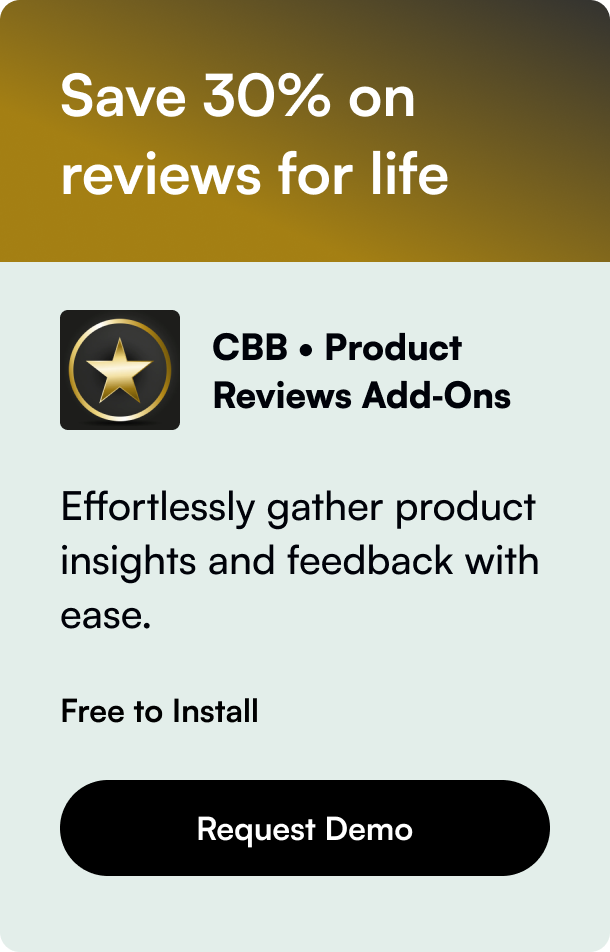Table of Contents
- Introduction
- Understanding the Problem
- Implementing the Solution
- Common Pitfalls and Debugging Tips
- Maintaining and Updating Custom Scripts
- Conclusion
- FAQ
Introduction
Managing Magento 2, one of the most popular e-commerce platforms, can sometimes present unique challenges, particularly when integrating third-party APIs like Google Maps. The ability to effectively troubleshoot and resolve these issues is essential to ensuring a smooth shopping experience for your customers. In this comprehensive guide, we will delve into a common problem faced by Magento 2 users involving map APIs and provide detailed, actionable steps to solve it. Whether you are a developer or a business owner managing your site, this post will equip you with the knowledge and tools you need to navigate this issue successfully.
By the end of this guide, you will have a clearer understanding of how to manage API issues in Magento 2, particularly those related to map integrations, and apply practical solutions to maintain your site's functionality.
Understanding the Problem
When working with Magento 2, some users have encountered an issue where Google Maps does not function correctly, often because of a specific piece of code: Array.from=$A. This line is part of legacy-build.min.js, and its removal can cause additional problems despite initially fixing the Google Maps issue. Our goal is to offer a safer and more effective solution to prevent disrupting other functionalities on your site.
Code Correction
A common recommendation to resolve this issue while avoiding negative impacts on other JavaScript elements within your site is to adapt the line as follows:
Array.from = Array.from || $A;
This modification ensures backward compatibility without removing any existing properties, resulting in fewer potential conflicts.
Implementing the Solution
Integration issues with third-party APIs require a methodical approach to ensure that one fix does not inadvertently cause additional problems. Let's go through a step-by-step solution to handle this Magento 2 Google Maps API issue.
Step 1: Backup Your Site
Before making any changes, it is crucial to create a comprehensive backup of your entire Magento 2 store. This includes both files and databases. Having a reliable backup ensures that you can restore your site to its previous state if anything goes wrong during the modification process.
Step 2: Locate the Problematic Script
Identify and locate the legacy-build.min.js file where the problematic script Array.from=$A exists. Typically, this file is found within the pub/static directory or a similar location within your Magento installation.
Step 3: Modify the Script Safely
Open the legacy-build.min.js file in a code editor and search for the line:
Array.from = $A;
Modify this line to:
Array.from = Array.from || $A;
This ensures Array.from is only assigned the value of $A if Array.from does not already exist, thus maintaining compatibility with other scripts.
Step 4: Clear Magento Cache
After making changes to your JavaScript file, it's essential to clear Magento's cache to ensure your changes are reflected on the site. To do this, navigate to the Magento admin panel, go to System > Cache Management, and refresh all caches. Alternatively, you can run the following commands via SSH:
php bin/magento cache:clean
php bin/magento cache:flush
Step 5: Verify Functionality
Test your site thoroughly to verify that Google Maps is functioning correctly and that no other JavaScript functionalities are broken. Pay special attention to areas of your site that rely heavily on JavaScript.
Common Pitfalls and Debugging Tips
Even with these steps, you may encounter additional issues. Here are some common pitfalls and debugging tips:
Debugging Missing Functions
If some functions seem to be missing or not defined after making the change, verify the script load order. Conflicts often arise when scripts are loaded in an incorrect sequence. Ensuring proper load order can sometimes resolve hidden issues.
Monitoring Error Logs
Magento's error logs can be highly informative. Check the var/log directory in your Magento installation for error logs. These logs might provide insight into any residual problems after the modification.
Browser Console
The browser's developer console can help debug JavaScript errors. Open the console (usually through F12 or right-click > Inspect) and look for any errors related to your modification.
Maintaining and Updating Custom Scripts
Regular maintenance and updates are crucial for ongoing site health and performance. Here are key practices to follow:
Documentation
Keep detailed documentation of any changes you make, including why they were necessary and exactly what was done. This practice is beneficial for future troubleshooting and for other developers who may work on the site.
Testing Environments
Always test significant changes in a staging environment before deploying them live. This step helps avoid unexpected downtime or issues on your live site.
Upgrade Compatibility
When upgrading Magento or any third-party extensions, review your custom scripts to ensure compatibility. Upgrades can sometimes introduce changes that conflict with custom adjustments.
Conclusion
Handling Magento 2 Map APIs issues, such as the one discussed, requires a strategic approach. By carefully modifying the JavaScript, ensuring compatibility, and maintaining a rigorous update and documentation process, you can effectively manage and mitigate these challenges. This post complements your existing knowledge with practical, actionable steps to keep your Magento store running smoothly.
FAQ
How do I know if my API key for Google Maps is correctly configured?
To ensure your Google Maps API key is correctly configured, check the API Console to verify that it is active and that the necessary APIs (like Maps, Geocoding, etc.) are enabled. Ensure that your site is listed in the allowed referrer list.
What should I do if the Google Maps API still doesn't work after the modification?
If the modification does not resolve the issue, revisit the script to verify accuracy. Check for other JavaScript conflicts or consult Magento and Google Maps documentation for additional troubleshooting tips.
How often should I check for compatibility with custom scripts?
Regular compatibility checks should be part of your site maintenance routine, particularly before and after major updates to Magento or essential extensions. Periodic reviews help catch and fix potential issues early.







